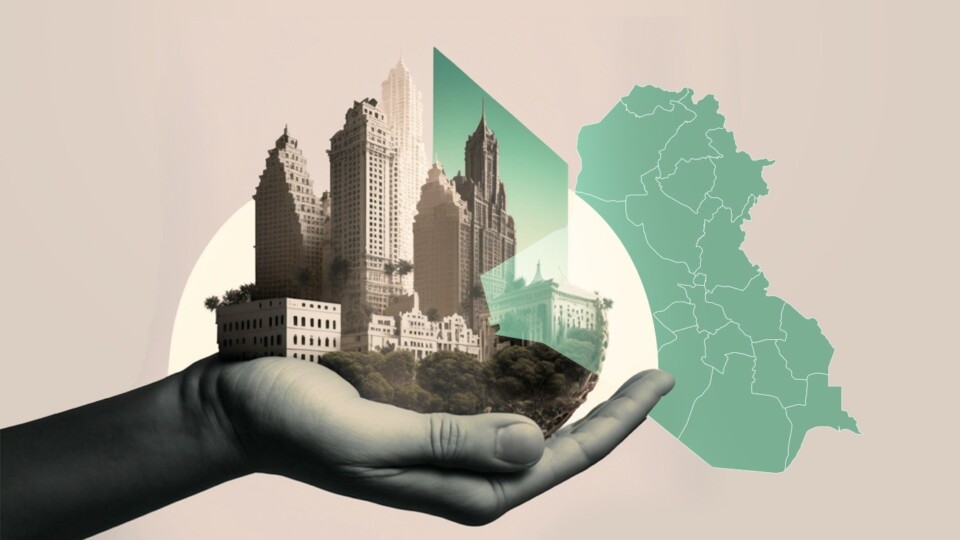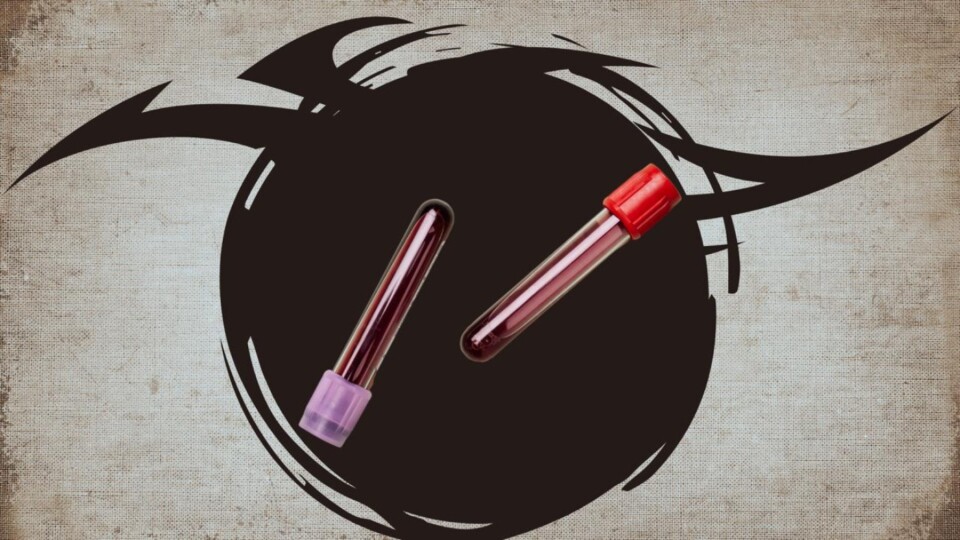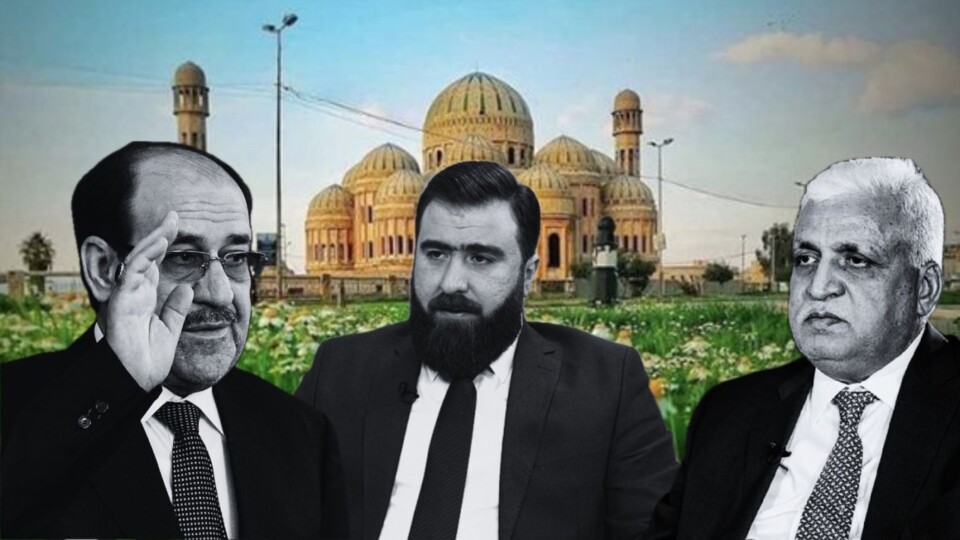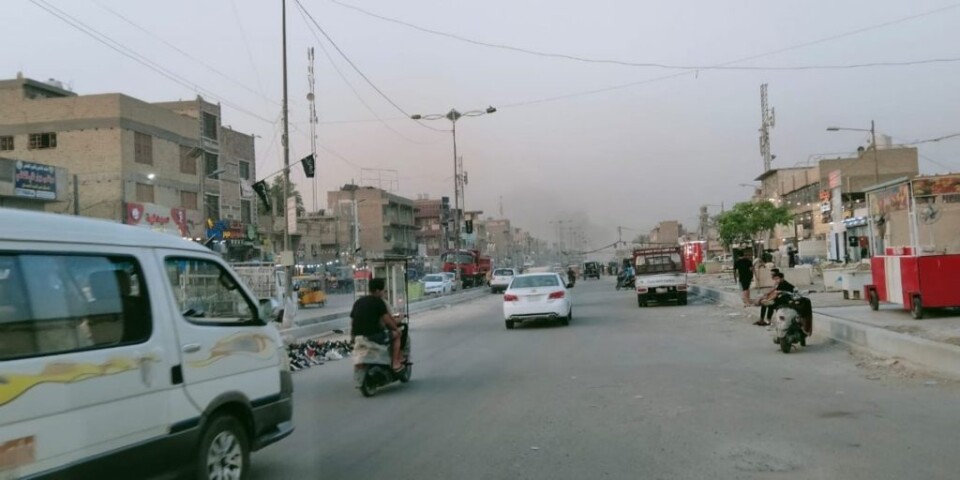

Hassan Nasiri / August
It has been twenty years since the government employee of the Iraqi Ministry of Education, Baqir al-Halfi, is living with his family of eight in an old house of no more than 80 square meters, one of tens of thousands of similarly designed and built houses in Sadr City, which bears its name in memory of one of Iraq’s most prominent Shiite religious leaders, whose son Muqtada al-Sadr owns the largest parliamentary bloc, and has held several ministries in previous governments.
Everything in the family home located in Sector (22) points to the difficulties of the situation – two small rooms with simple furniture on both sides are distributed mattresses for seating to provide a place for family members who have been prevented, by living difficulties and high prices of real estate in the capital Baghdad, from achieving their biggest dream of obtaining suitable housing.
The high cost of living and securing a house for his children are the most prominent concerns of Al Halfi, especially with the meagerness of his monthly salary and the lack of permanent job opportunities for the rest of the family, and in light of the rapid rise of real estate prices even in his own neighborhood, where the homes have been turned into small houses not exceeding 100 meters and are inhabited mostly by large families.
Sadr City is located in the east of the Iraqi capital Baghdad and is inhabited according to unofficial estimates by about 4 million people, on an area that administratively constitutes 2-percent of the total area of the capital but 26-percent of the capital’s population.
“Neighborhoods are suffering from poverty, deprivation, and a torrent of social crises, as a result of multiple marriages, high number of births, poor services, lack of job opportunities, poor education, and scarcity of development projects since its initial launch half a century ago and its attraction of hundreds of thousands of families from the south of the country, who brought with them their tribal traditions,” said Alaa al-Rubaie, a former member of parliament from Sadr City.
“The city’s neighborhoods were supposed to be an integrated part of the urban change and development of services that were supposed to take place in the various provinces of the country, however, hopes for development, growth, and improvement of services remained pending on the list of promises that did not find its way to implementation,” al-Rubaie added.
The establishment of Sadr City dates back to the sixties of the last century, the day the former Iraqi Prime Minister Abdul Karim Qassem decided to build it and enable farmers from various cities of the south to live in it, to get rid of the feudal system that prevailed at the time.
The city, whose establishment was overseen by the Minister of Municipalities Naziha al-Dulaimi, was named “The Revolution” after the start of the 1958 revolution that ended the monarchy in Iraq, however, its name was soon changed to “Mesopotamian neighborhood” under then President Abdul Salam Arif, and it changed again to “Saddam City” under former Iraqi President Saddam Hussein and remained so until 2003. In 2003, it was called by its inhabitants “Sadr City” referring to the Shiite authority Mohammed Sadiq al-Sadr, who was assassinated in 1999 and to whom most of the residents of the city’s neighborhoods owe loyalty as well to his son Muqtada al-Sadr at the present time.
After the US invasion of Iraq, the city turned into a stronghold of the Mahdi Army militia, the military arm of Sadrist leader Muqtada al-Sadr whose many of its young men fought two conflicts at once, one with US forces and the second in the sectarian war that broke out in Iraq after the bombing of the mausoleum of Imams Ali al-Hadi and Hassan al-Askari in Samarra in February 2006, following which the city was attacked by car bombs and explosive belts, killing hundreds of its residents.
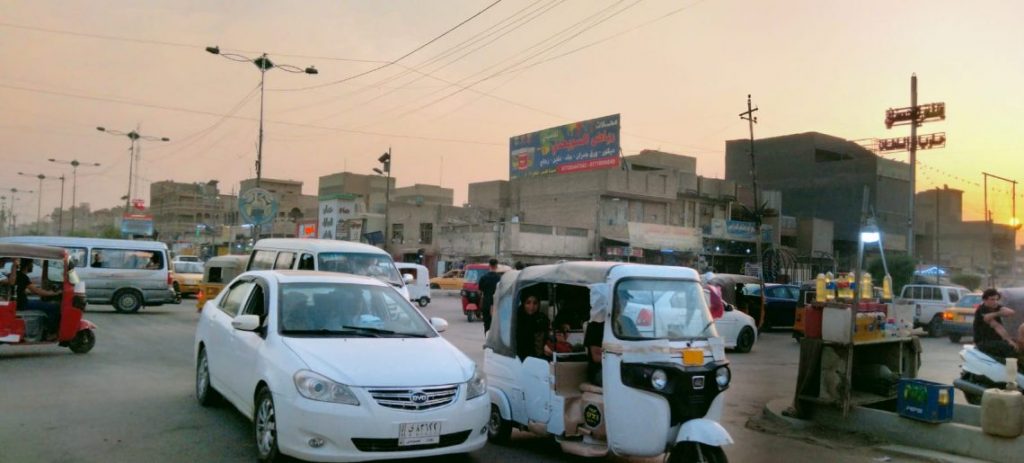
Great promises and miserable services
After April 2003, the people of Sadr City heralded the new system of government and the new leaders and officials who lived in their city or who spent years of their life there or whom most of their followers were from there. However, the years of sectarian conflict and then the war against ISIS, which had killed thousands of the city’s sons and spread the corruption among its new ruling elite, dissipated the dreams of launching reconstruction projects and improving services.
The promises of the former Capital secretary Saber al-Issawi, who in 2010 announced a giant residential project with distinctive services called 10×10, that he said at the time would be built outside the boundaries of Sadr City without demolishing any of the city’s densely populated residential sectors, went unheeded.
In its first phase, the project included the construction of (82) thousand housing units on a land area of (14) km2 east of Sadr City, with “the latest specifications and the best infrastructure and services to contribute to the development of the city of Baghdad itself and embellish its urban fabric in addition to providing modern housing for the people of Sadr City,” as the project has been promoted, as well as it will include “a medical city, a university, schools, kindergartens, playgrounds, sports facilities and commercial centers.”
Nada Shakir, a member of the former parliamentary committee on economy and investment, said, “the project that has been then presented in the media to the people of the city as a project of salvation for their problems and which was discussed in hundreds of meetings, seminars, and dialogues, remained ink on paper and of which nothing was executed.”
She said that the allocations for design development and the efforts of the technical committees and its meetings locally and abroad “went unheeded, and we discovered that it was just an illusion, and that the people of the city have to accept the fact that they should live and die in small crammed and intersecting concrete blocks, without gardens, universities, modern health and educational facilities, and entertainment spaces.”
Amid overpopulation, poor services, and high unemployment rates, Sadr City is lurking in security chaos, tribal battles, a constant rebellion against decision-making circles, and a torrent of social problems that have not been addressed by successive governments.
Jalil Abdul Hassan, a civil engineer who graduated in the nineties of the last century and who resides in the city, says that “the multitude of problems and rampant tribalism have always been stronger than attempts of change and development, and with them, the crises of the city have amplified little by little to become unsolvable. He added that those who aspired to a better reality have continued to cheer themselves with the promises of governments but soon these wishes would have collided with the reality of the cumulation of economic, social, security, and tribal problems.”
Abdul Hassan associates the failure of the majority of small development projects, along with the lack of initiation of major reconstruction and development projects, with “the corruption in its contracts, which caused the waste of a large percentage of allocations, with the inability of the state to ensure accountability and control the abuse, so the premise of developing the city remained elusive.”
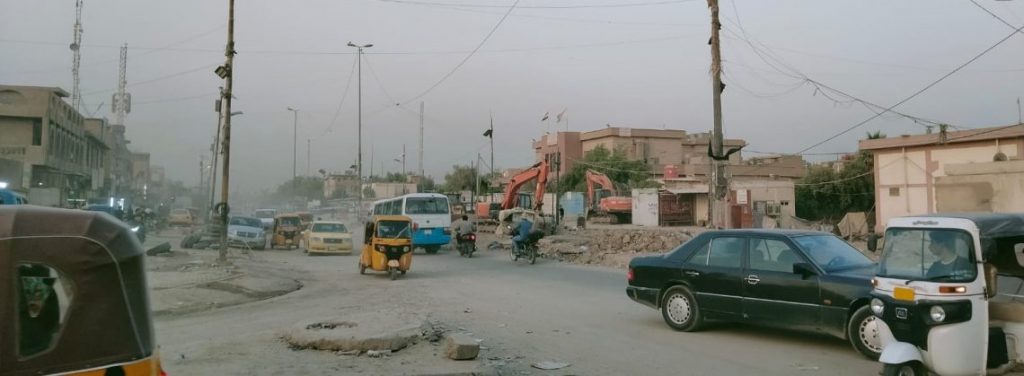 Unemployment, poverty, weapons and crises
Unemployment, poverty, weapons and crises
Green spaces and amusement parks in Sadr City are almost non-existent despite the large crowds and its small housing area, as Tawfiq al-Fartoussi, one of its residents, said, “the average size of houses is mostly small and less than 100 square meters, so you find vertical construction with no afforestation spaces, and there are no parks and public green spaces to compensate for that shortage.”
During a field tour of this report’s author, it appeared that the only outlet for the city’s youth were the small soccer stadiums known as pentathlon courts, along with popular coffee shops and restaurants that are widely spread in markets and within some neighborhoods.
Few people from Sadr City are self-employed or work in government departments, because a large percentage of its population have not received a higher education as a result of the difficult economic conditions they are living, according to economist Safwan Qusay.
Qusay believes that the Iraqi government has failed to provide solutions to address the problems of poverty and unemployment particularly in Sadr City, like in most cities in the south of the country due to “the mafia of corruption and loose weapons that prevent attracting investment firms to launch projects that would absorb some of the rampant unemployment or restart broken factories and plants.”
“Unemployment and poverty lead to an increase in crime rates, a rise in cases of family disintegration and the prevalence of the use of narcotic pills, with their problems and repercussions,” he stated.
Many residents point to the problem of the spread of weapons in the city and its utilizing in many situations to settle disputes between residents instead of the recourse to the law, triggering clashes almost daily.
Shanawa al-Okaili, a tribal sheikh in Sadr City, said that “the city is facing insecurity as a result of the proliferation of weapons and its multiple sources coupled with the diversity of party loyalties among its inhabitants, so that state departments are sometimes unable to execute their plans to put in place projects or provide services fearing the domination of weapons.”
Al-Okaili, whose family lived in Sadr City since arriving from the Nasiriyah marshes in the eighties of the last century, explains that the city suffers from unemployment and poverty and that “the recent spread of drugs and the expansion of its use among young people has led to an increase in murders and theft of residential houses and shops.”
He noted that the remarkable proliferation of militia and tribal weapons makes the state unable to impose its control and control the security situation and confront crimes and crises.
Another resident of the city, Ali al-Hajjami, 37, asserts that “hardly a week goes by without hearing about shooting incidents, threats, attempted killings, or even about public exhibition of weapons. It’s become something normal, and no one is able to control the chaos and abuses.”
After the U.S. invasion of Iraq, the city turned into a stronghold for the Mahdi Army Militias, the military arm of Sadrist leader Muqtada al-Sadr whose many of its young men fought two conflicts at once, one with US forces, and the second in the sectarian war that broke out in Iraq…
A torrent of crises revealed by social media
To obtain a rough picture and overview of the most serious problems facing Sadr City, the author of the report examined, between the period of May 1, 2022 and the 20th of the same month, the most serious problems that the city encounters by monitoring a widely known account on the social networking site (Facebook) called “The City Sniper” followed by more than 245,000 people and that takes upon itself to document everything that happens inside Sadr City.
Throughout this monitoring period, the account addressed 162 problems related to the provision of services in the city, all of which were documented in video clips and pertained to the widespread phenomenon of livestock breeding within alleys and neighborhoods, the encroachment on sidewalks and roads, the flooding of wastewater, the unpaved streets, and the lack of infrastructure for sewage networks.
In addition to that, 117 security problems were observed, ranging from the spread of the drug trafficking phenomenon through gangs operating openly inside the city, to the rise of organized crime and armed conflicts between clans, despite the fact that three years have passed since the decision of the judiciary to consider the so-called “tribal dakat” – one of the means of threat used by many tribes using firearms – a terrorist act under the Iraqi Anti-Terrorism Law.
The “Dikka” is an act of threat committed by members of some tribe against a member of another tribe which involve shooting at his residence, in a stern warning to get him to sit down and negotiate to settle a dispute. If the target party does not agree, things develop into clashes that lead to casualties on both sides.
The “City Sniper” page also listed dozens of social problems, posting 43 videos that addressed some of these problems such as family divorce and conflicts, and atheism. The editor of the page also documented the repercussions of political issues and made calls to the city’s Sadrist Movement’s deputies to act on and pursue the city’s reconstruction projects and services provision files.
In the face of such reality, some of the city’s educated elites describe the condition of their city as a “cemetery for the living.” Kamel al-Mayahi, a university professor living in the city, says that “all the security chaos, lack of services, and social problems that are being debated are real matters that cannot be denied in any way.”
What has been appearing on social media is attributable to the birth of a new generation of young people who have grown weary of their miserable reality and have begun to rise up against it by exposing the problems, flaws, and corruption that devour the funds allocated for development and reconstruction, according to the announcement.
Local officials do not deny Sadr City’s crises, but former Sadr City Municipal Council Chairman Kamel Khanjar is expressing fears about popular protests that even the government cannot contain, criticizing what he describes as the catastrophic situation the city is facing “as a result of the lack of infrastructure and services.”
Khanjar calls on the government to respond urgently and to allocate sufficient funds to initiate major services campaigns to rebuild the city and to “strengthen its security and control the recurring tribal conflicts that cause disruption to some services projects.”
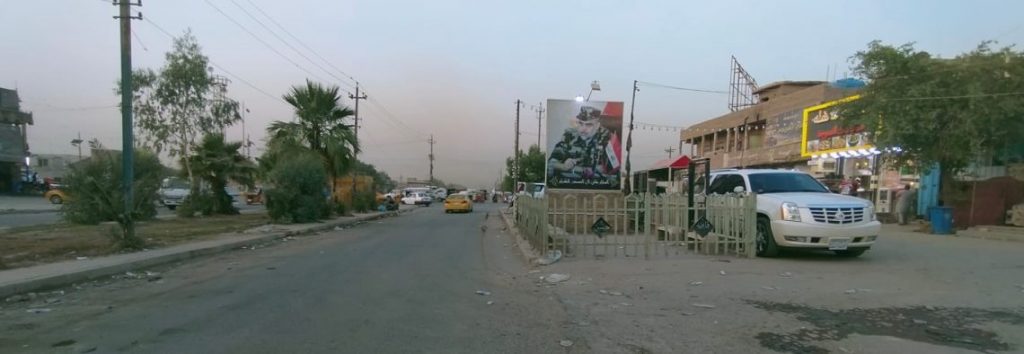
Sadr City Electoral Reservoir
Some describe Sadr City, with its four million, as an electoral reservoir for Shiite forces, especially the Sadrist movement, whose candidates usually hold almost a complete grip on its seats.
But perhaps in a sign of the city residents’ despair and their lack of trust in a change of their city’s reality despite the great promises, the number of voters voting in the Rusafa area, which includes Sadr City, fell in the last elections (October 2021) to less than 30-percent compared to the percentage of those who voted in 2018 elections, which amounted to 33-percent.
The decline in the vote did not affect the Sadrist movement’s share of the city’s seats and its strong representation, as from about half of the seats allocated to the capital Baghdad (69 seats) and won by the movement, the majority came from Sadr City (21 seats were won in Rusafa, while 6 were obtained in Karkh) at a time when the Iraqi coalition[1] won 73 seats in all parts of the country before the deputies of that large bloc, whose most of its members represent the city, resigned on June 12 complying with the decision of Mr. Muqtada al-Sadr to withdraw from political life. He took that decision “because he does not want to participate in a government and a parliament in which the corrupt are represented” and after the failure of the Sadrist movement to form “a majority government that provides services and achieves reform” as promised to its audience.
The large number of seats that the Sadrist movement used to win in Sadr City as well as their strong participation in the last three governments through service-focused ministries, have not resulted into developing the city’s services, economic and social reality.
Hailing from Sadr City, the first deputy speaker of the Iraqi House of Representatives, Hakim al-Zamili (who resigned), as well as the Chairman of its Finance Committee which is involved in financial allocations, Hassan al-Kaabi (who resigned), have also been the most prominent officials in the House who were effectively charting its directions.
Nada Shaker, a former member of the House’s Economic Committee, said that “the reality of Sadr City is similar to that of Genoese cities with the highest rates of poverty and unemployment. We must not forget that it is hard to predict the people’s action in these cities that are mired in crises, because Sadr City’s sons were behind the initiation of the 2019 protests that toppled the government of Adel Abdul Mahdi and called for the change of the entire political class.”
Amid overpopulation, poor services, and high unemployment rates, Sadr City is lurking in security chaos, tribal battles, a constant rebellion against decision-making circles, and a torrent of social problems that have not been solved by all the attempts of successive governments.
Where did the allocations go?
In 2021, the House of Representatives allocated 25 billion dinars (USD 17 million) of Baghdad province’s budget, excluding the allocations of ministries and regional development in the federal budget law, to the reconstruction of Sadr City.
But the citizen did not feel a tangible change in reality amid accusations that “cycles of corruption related to assignments and poor execution swallow up allocations,” says Kazem Hussein, a shop owner in the city center. “My son, who works as an employee of a governmental service department, told me that the deals are beyond all supervision.”
The issue of the city’s reconstruction often turns into a subject of political and administrative dispute. At the time the former secretary of Baghdad Alaa Maan (sacked in May 2022) promised to implement 60 projects to develop the city within the “Baghdad Renaissance” project – after the arrival of necessary financial allocations within the budget of the development of the provinces – and announced the upcoming development of more than 50 sectors and a number of main streets based on Baghdad Municipality’s own revenues, the director of Sadr City’s primary municipality, Adel al-Saadi, said that of all the reconstruction campaign funds ordered by Prime Minister Mustafa al-Kadhimi to support the primary and secondary municipality of Sadr City, only 40-percent ensued in 2021.
Al-Saadi explained that the urban campaign included “the reconstruction of sidewalks, the planting of trees, the reconstruction of 22 sectors of the city, the development of new sewage lines, and the development of main streets”
The urban condition of the city and the failure to execute the city’s projects, prompted the First Deputy Speaker of the House, Hakim al-Zamili, to ask the prime minister to discharge the secretary of Baghdad (this was done) from the task for not executing what was asked of him with regard to the Sadr City’s reconstruction project. He also called on the Municipality of Baghdad to submit financial and contractual statements to the House of Representatives for scrutiny and to put forward a comprehensive public services vision to ameliorate Sadr City’s reality set within a specific time frame and threatened to query those concerned in the Secretariat under the House ceiling.
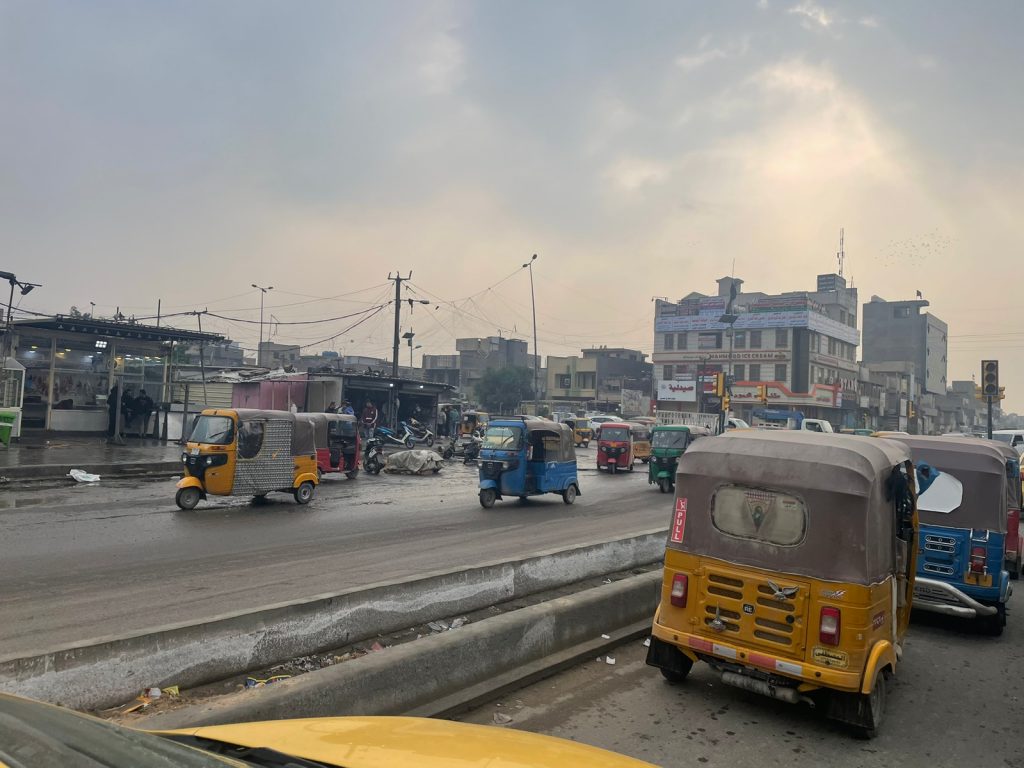
It can’t be tolerated for long
Researchers warn that the continued failure of Sadr City’s development projects and the deepening of its economic and social crises will push its youth to the protests squares.
Researcher Abdul Redha Al-Saadi points out that Sadr City, with its construction structures, current design and the nature of its service networks, does not belong to the modern world, and says that its residents sometimes fail to save their patients inside hospitals due to power outages or scarce supplies.
In a rather broken tone, Saadi continues: “the parties in power, with their slogans and speeches, have exploited the feelings of the poor for nearly two decades, thereby achieving their political ambitions and leaving them hostages of the same painful reality that they have long vowed to change.”
In June 2021, Prime Minister Mustafa al-Kadhimi’s office announced an agreement with members of the Diwani Order Committee (57) to proceed with “the execution of the Sadr City’s reconstruction project, and to provide jobs, social services, and sustainable infrastructures away from narrow political calculations.”
The “new project” to save Sadr City from its population, service, health, and social crisis, which is valued at more than USD 7 billion and is supposed to be executed through the Iraqi Chinese agreement (a joint cooperation agreement between Iraq and China), includes the construction of 92,000 housing units with modern service facilities.
But economist Qusay Safwan questions the possibility of accomplishing something on the ground amid corruption and bureaucracy, and incompetent party-owned companies that he says are acquiring projects and are reluctant to complete them or leave them after they get their large shares.
He wonders about what has been executed from the new project since its announcement more than a year ago? He assures that it is still ink on paper.
The young employee, Baqir al-Halfi, like many of the city’s ordinary people, fears that the fate of the new project will be like its predecessor (10 by 10), which the Council of Ministers announced in 2014 its cancellation and the transfer of its allocated funds, estimated at four trillion and 765 billion dinars, to residential houses building project for the poor who are covered by the distribution of residential plots.
“We have seen three governments all talk about major projects to change our lives for the better, but nothing has been accomplished on the ground,” he said. All I dream about is a house or a small apartment that will get my family out of the spiral of crises of this city and its unlivable service structure.”
[1] The Iraqi coalitions known as the Coordination Framework is a coalition of Iran-backed Shiia parties that opposes the Sadrist Movement.
Reports
Reports","field":"name"}],"number":"1","meta_query":[[]],"paged":1,"original_offset":0,"object_ids":21626}" data-page="1" data-max-pages="1">





